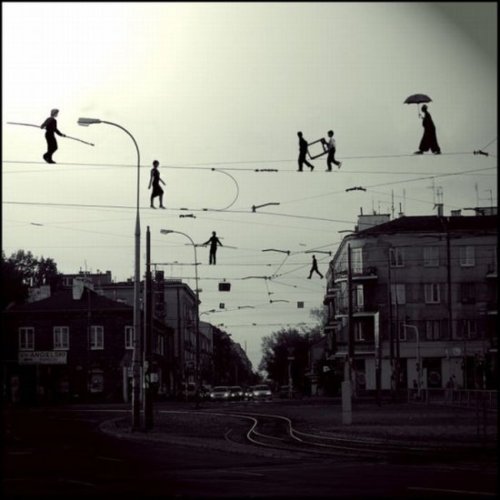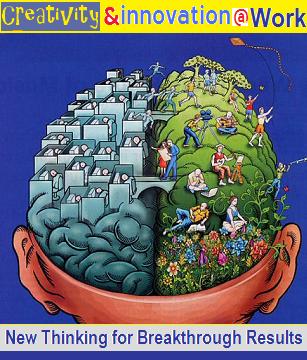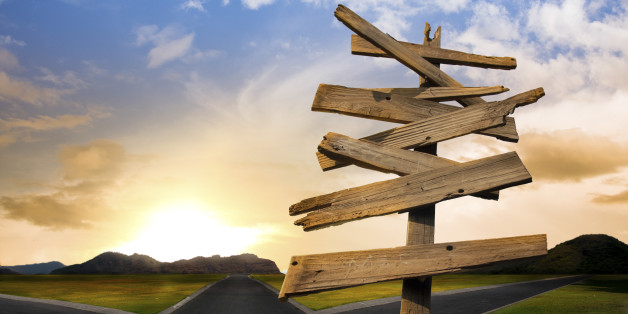The need for Public Trust, and Innovation

(http://www.livingwithjuvenilearthritis.com/2013/11/theres-fine-line/)
Sustaining a museum or collection has a complex level of difficulty. Every organization composes a different way to support the growth, and survival of their organization. It seems that many of these organizations walk a fine line, when deciding how to survive. Rather than make an argument of why/and how art/artifacts can be traded, it would be better to analysis the situation. The first question is in regards to an organization coming close to the red. If finances, and investments are followed by accountants, and outside brokers, these organizations would have a better understanding of their situation. This advanced notice would also allow these organizations to develop a plan years out, instead of in a last minute effort. Another issue that seems to clout many of these organizations is the lack of creativity, and push for innovation.
(https://www.wordsuccor.com/blog/inhouse-vs-outsourcing-wordpress-development/)
This lack of creativity/ innovation seems to come from various situations. The first situation seems to be old, unwilling to change board members. While many of these board members have a wealth of knowledge and experience, some tend to stay in their old ways. The second scenario, which seems to rise often in these organizations, is what is the organizations purpose? Has the organizations purpose evolved, and if so has it evolved in a healthy, transparent way. Can you think of an organization, “which has lost its way?”
I think it all relates back to the concept of mission statements. Each of these organizations should (at the very least) review their mission statement, and decide if that still covers what they are doing. If it doesn’t, it isn’t always a bad thing, this can show the organization is evolving. However this evolution should be done with care, because often it can lead the organization down paths they should not go. Another area which seems to have developed, and changed, is what is considered a collection, museum, or institution. Is a museum or collection stuck to a concept of brick and mortar, or rather develop should they pursue making artifacts and history possible in the digital realm. Could a museum’s collection become easily available online?

(http://moneyinc.com/whats-future-retail-can-brick-mortar-stores-survive-internet-threat/)
If so how could one develop this system? While sharing artifacts between Museums is essential to their survival, these institutions should understand that many potential viewers may never actual visit the museums themselves, but rather experience them though the internet. Modern Museums have a great potential with modern day society. The question becomes, do these organizations evolve for the correct reasons, or simply to survive? If their goal is simply to survive, that institution is most likely not allowing space to develop. Innovation, and creativity will play a vital role in the sustainment, and advancement of these organizations.
![creativity and innovation at work.jpg]
( )
)
(http://www.humanext.com/creativity.html)
100% of the SBD rewards from this #explore1918 post will support the Philadelphia History Initiative @phillyhistory. This crypto-experiment conducted by graduate courses at Temple University's Center for Public History and MLA Program, is exploring history and empowering education. Click here to learn more.
